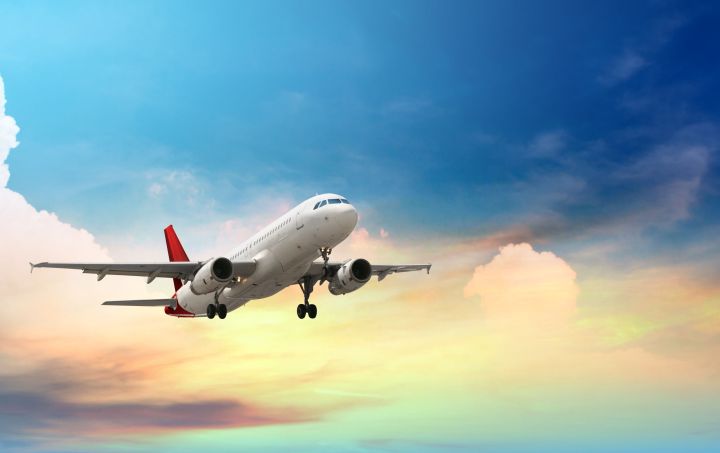
The NSA and Britain’s Government Communications Headquarters (GCHQ) have been monitoring Global System for Mobile communication (GSM) phone activity on flights as early as 2005, according to The Intercept and Le Monde. The program, named “Southwinds,” was disclosed in a 2012 presentation and allowed for the collection of cellular activity, data, voice communication, metadata, and call content on commercial aircraft. Southwinds is limited to regions covered by British telecommunications provider Inmarsat‘s satellites — that includes Europe, the Middle East, and Africa.
The Intercept reports data collected was “in near real time” and all that was required to spy on a phone was for the plane to be cruising above 10,000 feet. Secret aerial stations on the ground intercepted signals through the satellite. The phone simply needed to be on — GCHQ and the NSA could then find its position, cross-reference data with the list of passengers on the flight, the flight number, and airline code to find the name of the user.
More: Report: A mysterious NYC skyscraper owned by AT&T was a key NSA surveillance site
Le Monde dove into published and unpublished information about the program from 2005 to 2013 and found that Air France, in particular, was targeted by the U.S. and U.K. intelligence agencies. The reasoning? A CIA report said some or all “Air France and Air Mexico flights” had been possible terror targets. Air France didn’t begin testing smartphone use in flights until 2007.
“We are visibly not the only ones to have been targeted and we know absolutely nothing about these practices,” the airline told Le Monde.
The NSA and GCHQ have offered evidence in internal documents that prove calls have been intercepted. Some of the examples listed show interceptions happening on an Etihad flight on March 23, 2012 between John F. Kennedy International Airport and Denver; on a Saudi Airlines flight from Jeddah, Saudi Arabia to Cairo on May 20, 2011, and more.
BlackBerry devices have also been singled out, as the 2012 presentation says GCHQ “identified BlackBerry PIN codes and email addresses” on a specific plane on January 2, 2012. The presentation also noted some examples of phone uses it found — voice communication, data, SMS, Webmail, Webchat, social networks like Facebook and Twitter, travel apps, Google Maps, VOIP, BitTorrent, Skype, and more.
As more flights get Wi-Fi on board, surveillance by these agencies is likely to increase. It may be better to shut down your phone before taking off.

